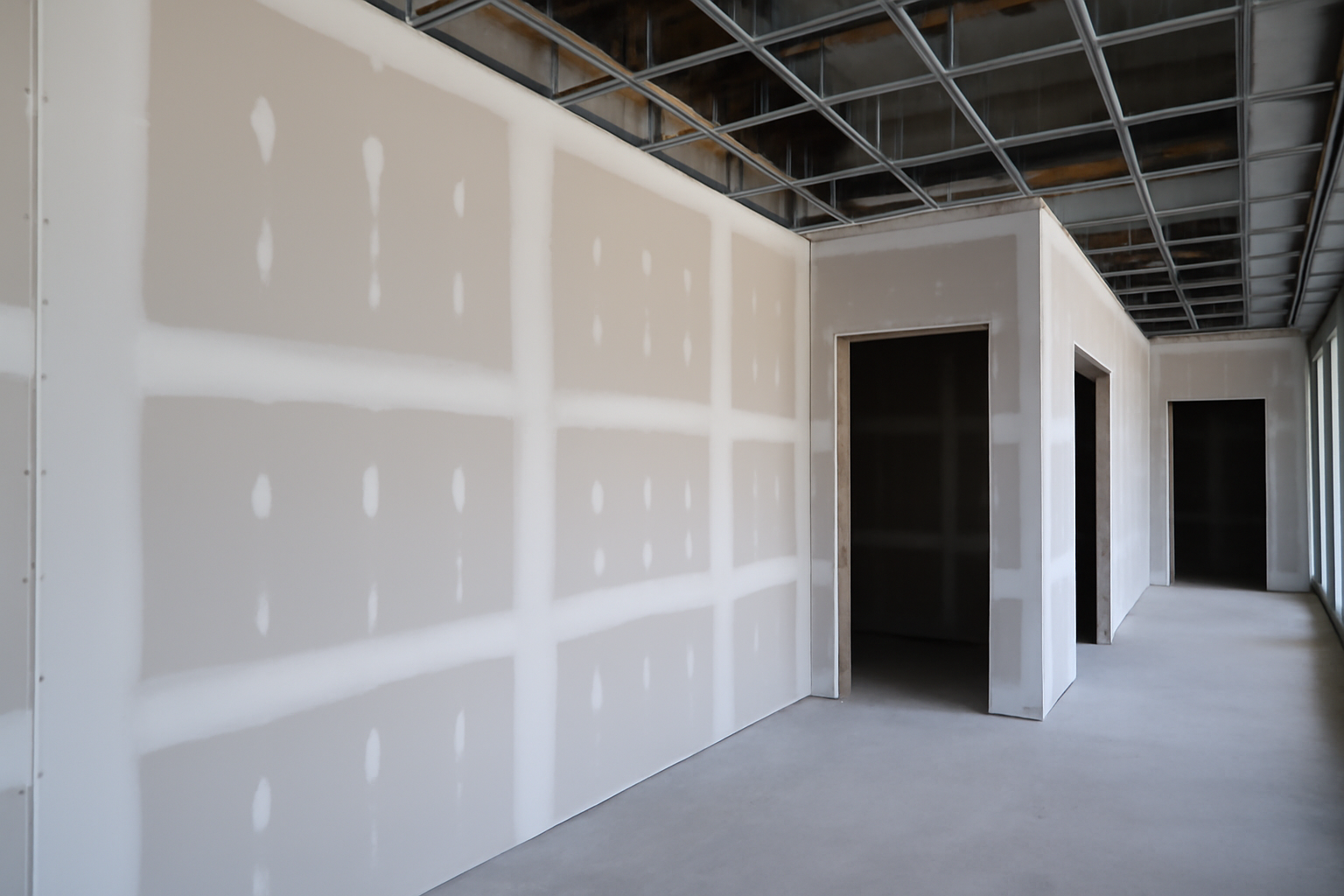
Construction professionals continue to seek more efficient ways to streamline preconstruction processes, and Active Estimating now offers a robust solution that enhances the integration of data with Building Information Modeling (BIM) workflows. With the growing importance of centralized data environments and model-based estimating, the platform provides an answer to longstanding challenges in the estimating phase.
Traditional estimating methods often involve redundant tasks and fragmented tools. Active Estimating introduces a structured data framework that supports quantity takeoff and pricing directly from models and drawings, empowering estimators to make better-informed decisions, faster. The solution eliminates manual entry where possible and allows data to be reused throughout the project lifecycle, which significantly reduces errors and time waste.
Rather than relying on artificial intelligence, the platform focuses on what it terms "data-driven intelligence." This method ensures that every quantity takeoff and cost estimate is rooted in actual project data extracted from drawings or imported models.
By ingesting architectural and structural drawings in a centralized workspace, users can define areas, types, assemblies, and scope elements using standardized rules. This results in predictable and repeatable estimating practices that mesh well with BIM environments already in place at many construction firms.
Active Estimating fosters seamless collaboration by standardizing scope definitions and drawing interpretations. Through shared data environments, estimators, project managers, and stakeholders can all operate on a unified version of project scope and cost information.
This alignment reduces the friction that traditionally arises between estimating and operations, especially when transitioning from preconstruction to project execution.
Whether working on small tenant improvements or large-scale shell builds, the system adapts to a wide range of project types. Its scope-centric approach means estimators only need to adjust key variables without restructuring entire takeoffs. This flexibility shortens onboarding time for new users and expands the tool’s usefulness across diverse project portfolios.
By introducing structured, repeatable workflows that align naturally with modern BIM practices, Active Estimating bridges the gap between design data and cost estimating. The platform empowers construction professionals to harness data from models and drawings without friction, setting a new standard for efficient, accurate preconstruction planning.
To learn more about Active Estimating and how it integrates with BIM workflows, explore their platform and media insights.
Contact Information:
Active Estimating
508 2nd Street, Suite 208
Davis
California
95616
Rich Schoener
richard@activeestimating.com
(877) 982-2848
https://www.activeestimating.com/drywall-estimating-software
Original Source:
https://www.activeestimating.com/media-room
Schedule a personalized demo to see how Active Estimating can work for your specific needs.
